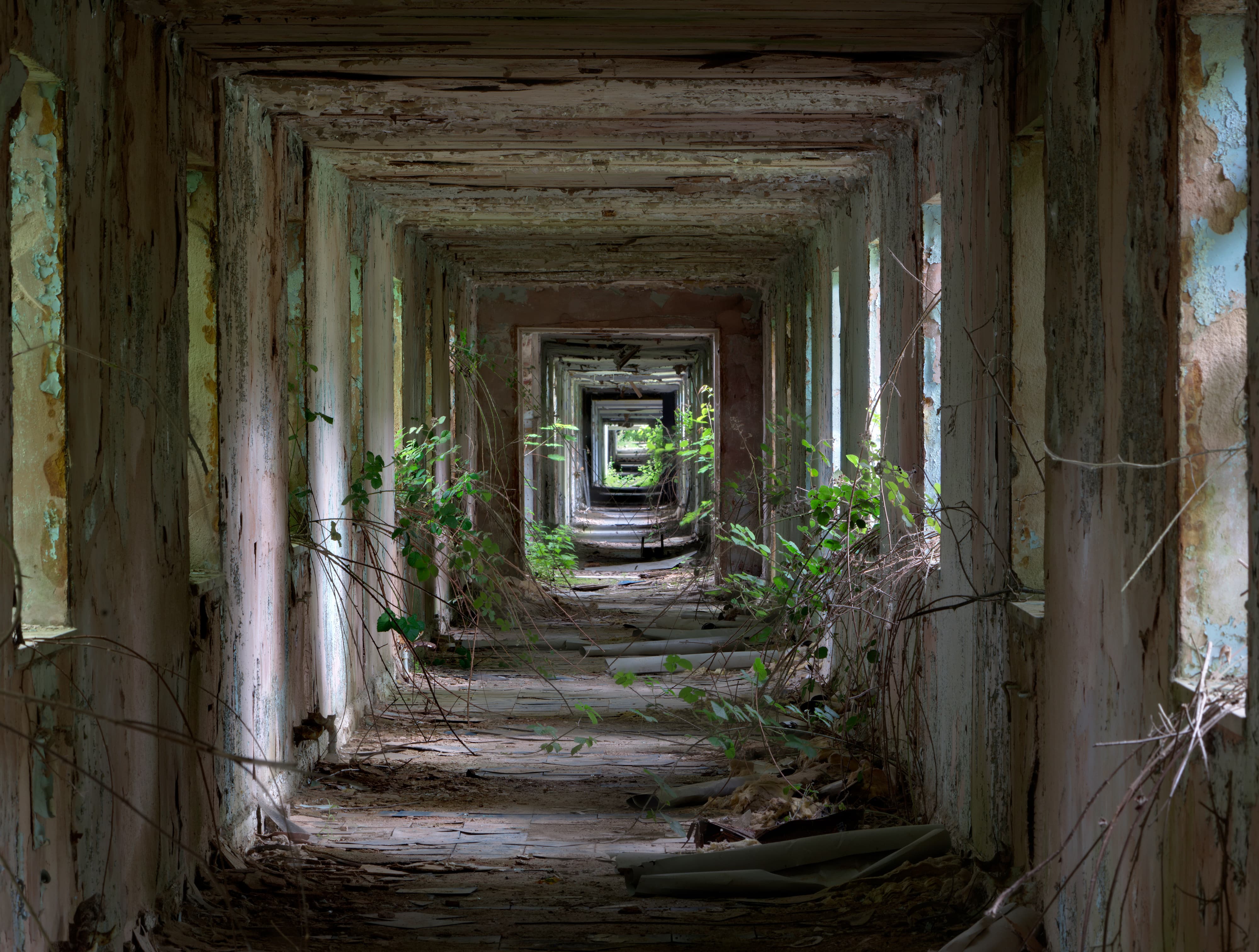
Overall Winner – Nocton Hall Military Hospital. Credit: Matt Emmett / Historic Photographer of the Year
The winners of the Historic Photographer of the Year awards have been announced, with Matt Emmett taking the top prize for his photo of RAF Nocton Hall.
The abandoned building in Lincolnshire was a military hospital last used to treat American patients who were injured during the first Gulf War (Operation Dessert Storm).
As a Pentax Ambassador and professional photographer, Reading-based Emmett, 45, has taken pictures in about 165 abandoned locations over the past five or six years for his company Forgotten Heritage Photography.
He told Amateur Photographer: “For me, initially it was just about the buzz of being in these places. But, over time and posting the pictures on social media, you get comments from people saying ‘what you’re doing is a really important thing.'”
“There’s been loads of examples over the last few years, where a heritage organisation has seen something in a photograph that they’ve realised is a really rare example of something and they’ve contacted the person who took the photograph,” he added.
“And they’ve saved something or they’ve dismantled something and reassembled it in a museum. So over time you come to realise that there is actually a really important role in capturing these places and bringing it to people’s attention because sometimes really good things tend to happen as a result.”
Continues below…
[collection name=”small”]
Emmett wins £2,500 for his winning photo in the competition, which aims to bring photographs of lost or forgotten historical locations to a new audience.
Judge Dan Snow said: “Real history doesn’t always have to be a museum or gallery. It can be a proper adventure out to the middle of nowhere, where you stumble across decaying remnants of the past.
“The best history photography often captures sites which may be entirely lost to our grandchildren.”
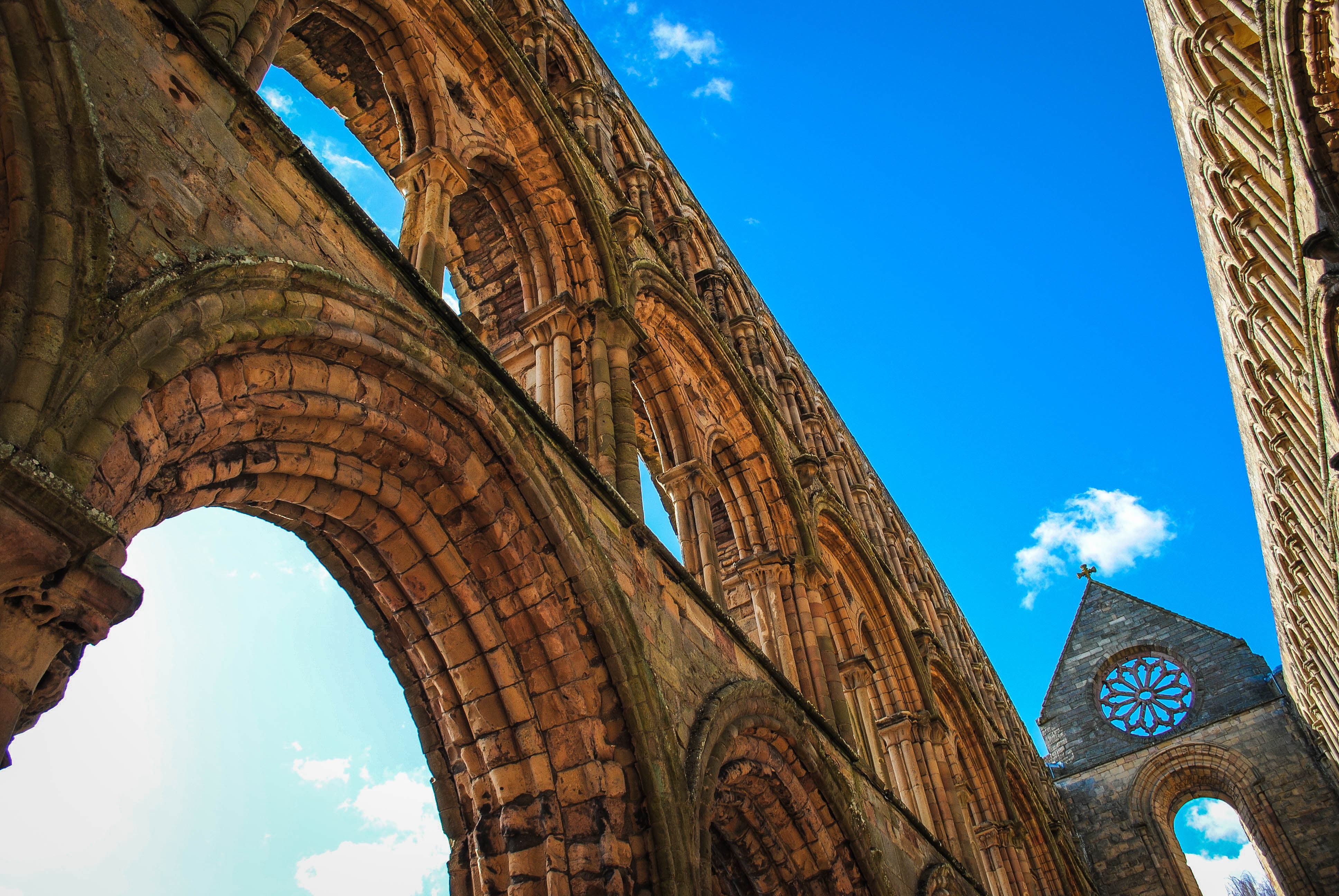
Public Vote Winner – Jedburgh Abbey. Credit: Jenna Johnston / Historic Photographer of the Year
The winning public vote photograph was a shot of Jedburgh Abbey taken on a school trip by Jenna Johnston, who walks away with £250.
The photographs were judged on originality, composition and technical proficiency by a panel including VP Programming and Head of HISTORY Dan Korn, All About History magazine editor James Hoare and chair of Creative United David Gilbert.
Check out some of the other commended photographs in our gallery below. For the full gallery of the best 65 images, visit the website.
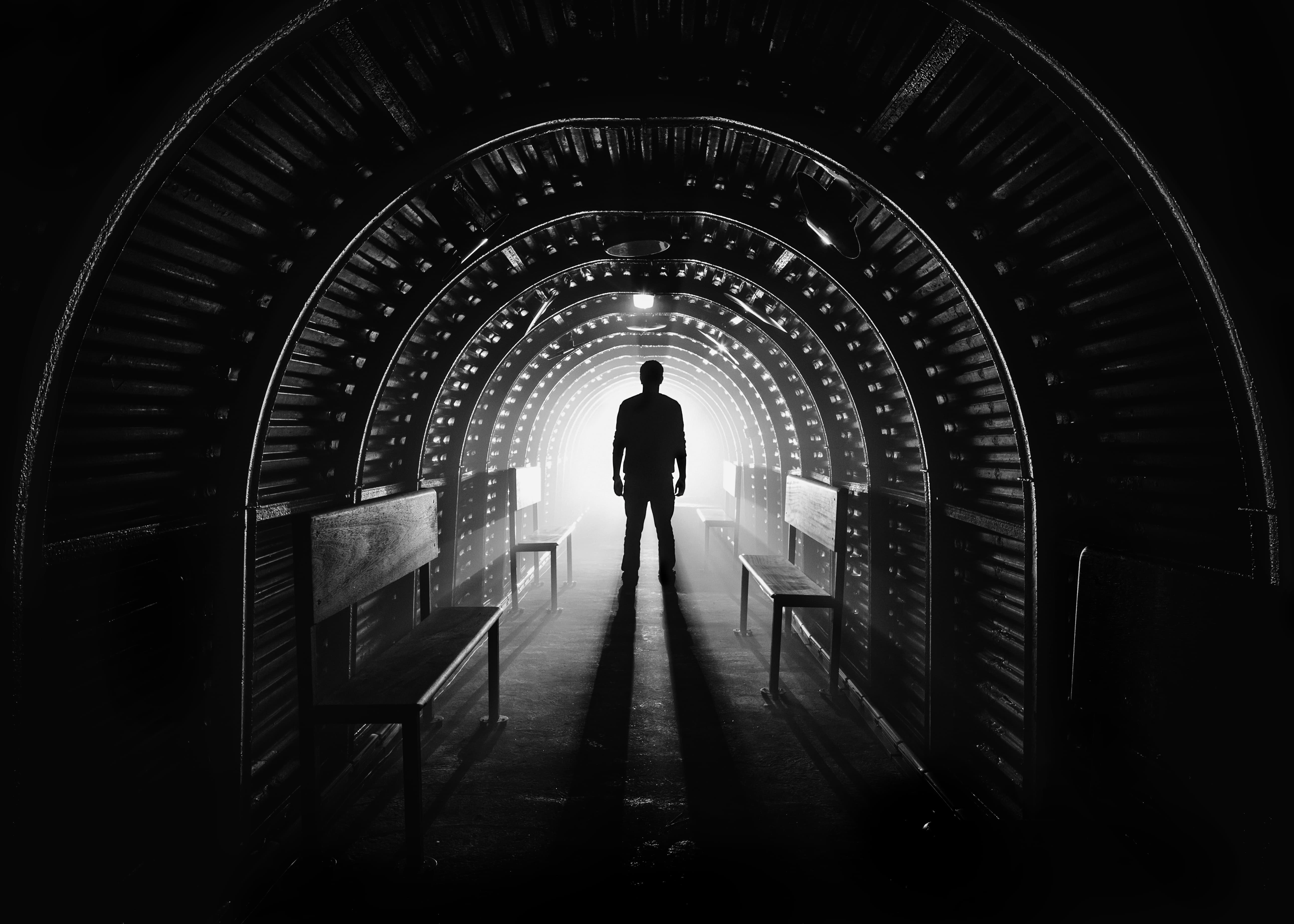
Shortlist – WW2 Air Raid Shelter. Credit: Daniel Sands / Historic Photographer of the Year
“Given access to a secret restored ww2 bunker with the help of a local electrical fitter we installed lighting and haze in order to achieve this final image. Slight tweaks to contrast and conversion to mono for final presentation.”
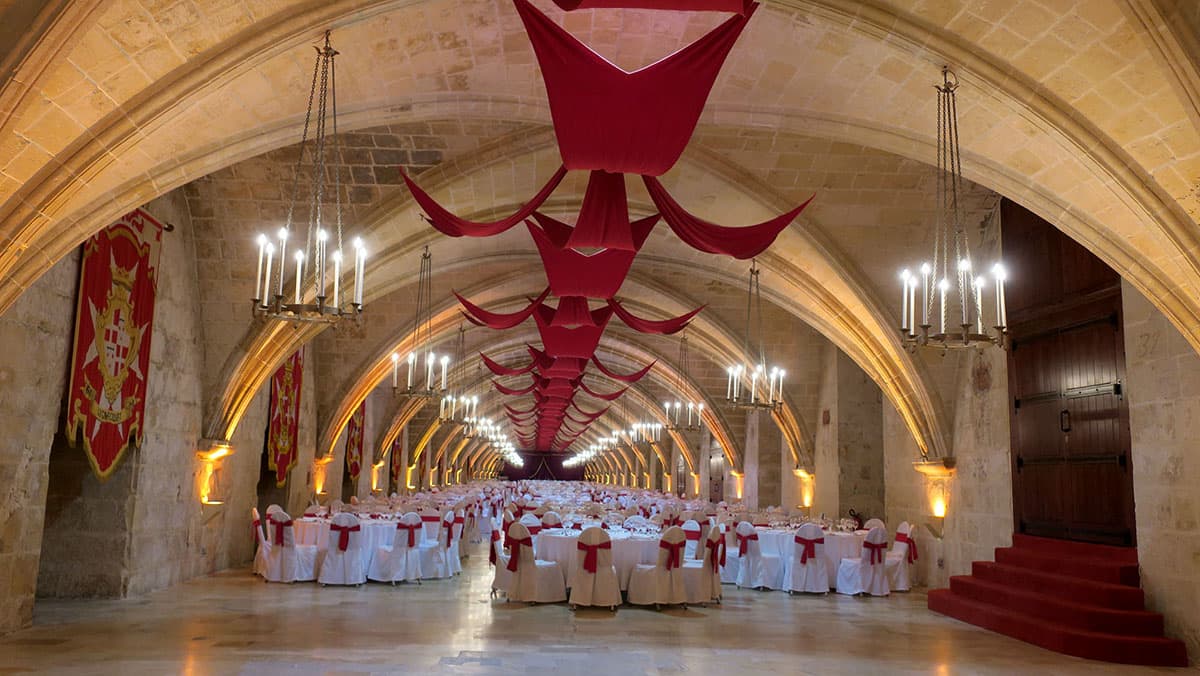
Shortlist – Knights Templar Poor Ward Malta. Credit: Clare Louise Adams / Historic Photographer of the Year
“The knights hospitallers is set in what used to be the holy infirmary and the historical hospital from where the knights operated. The knights hospitallers were known for providing the best medical service available at that time and this brought a lot of injured and sick people to Malta in hope to be healed. Today it is used for guided tours and for wedding banqueting.”
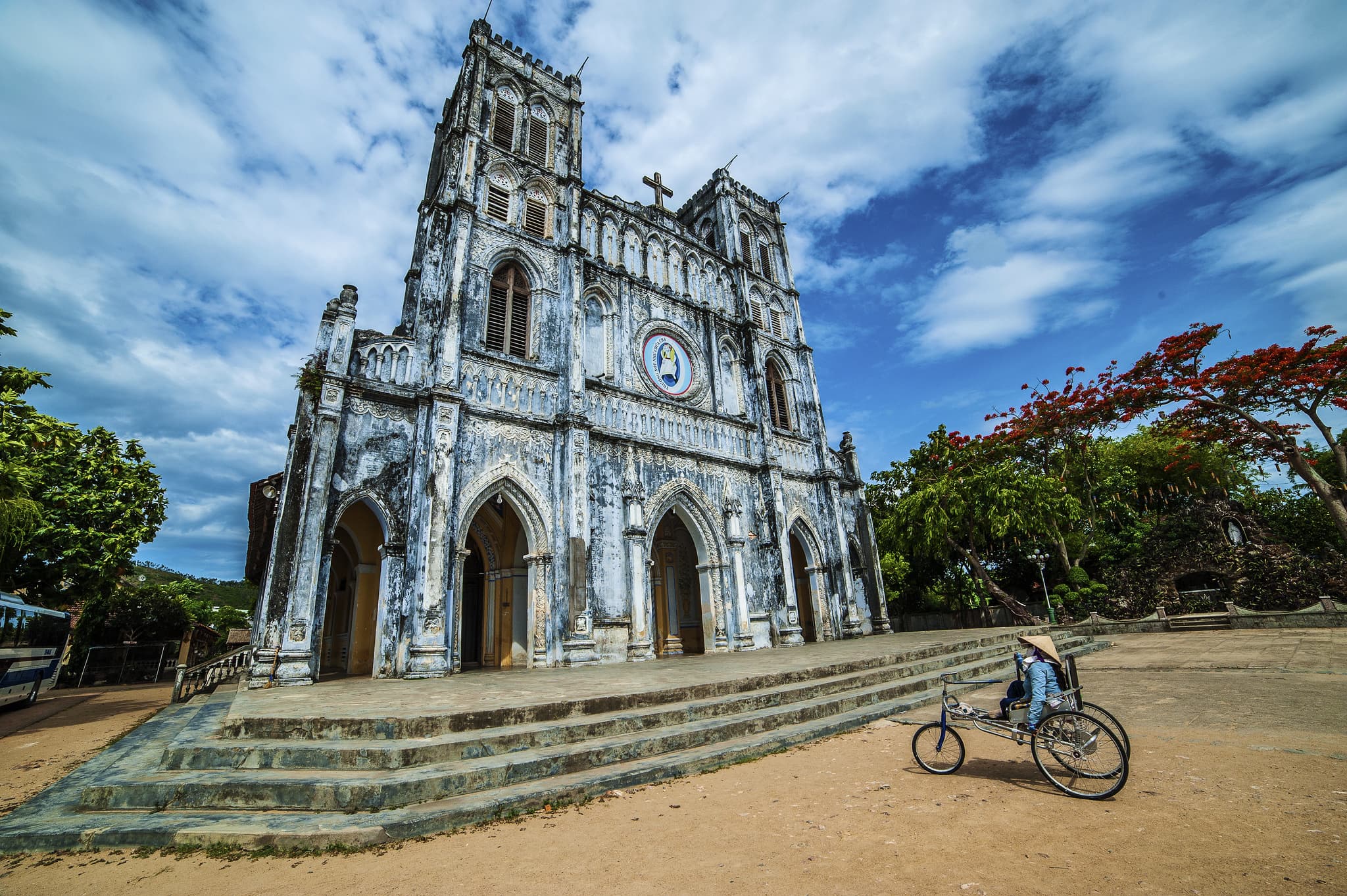
Shortlist – Mang Lang Church, Vietnam. Credit: Tran Hung Dao / Historic Photographer of the Year
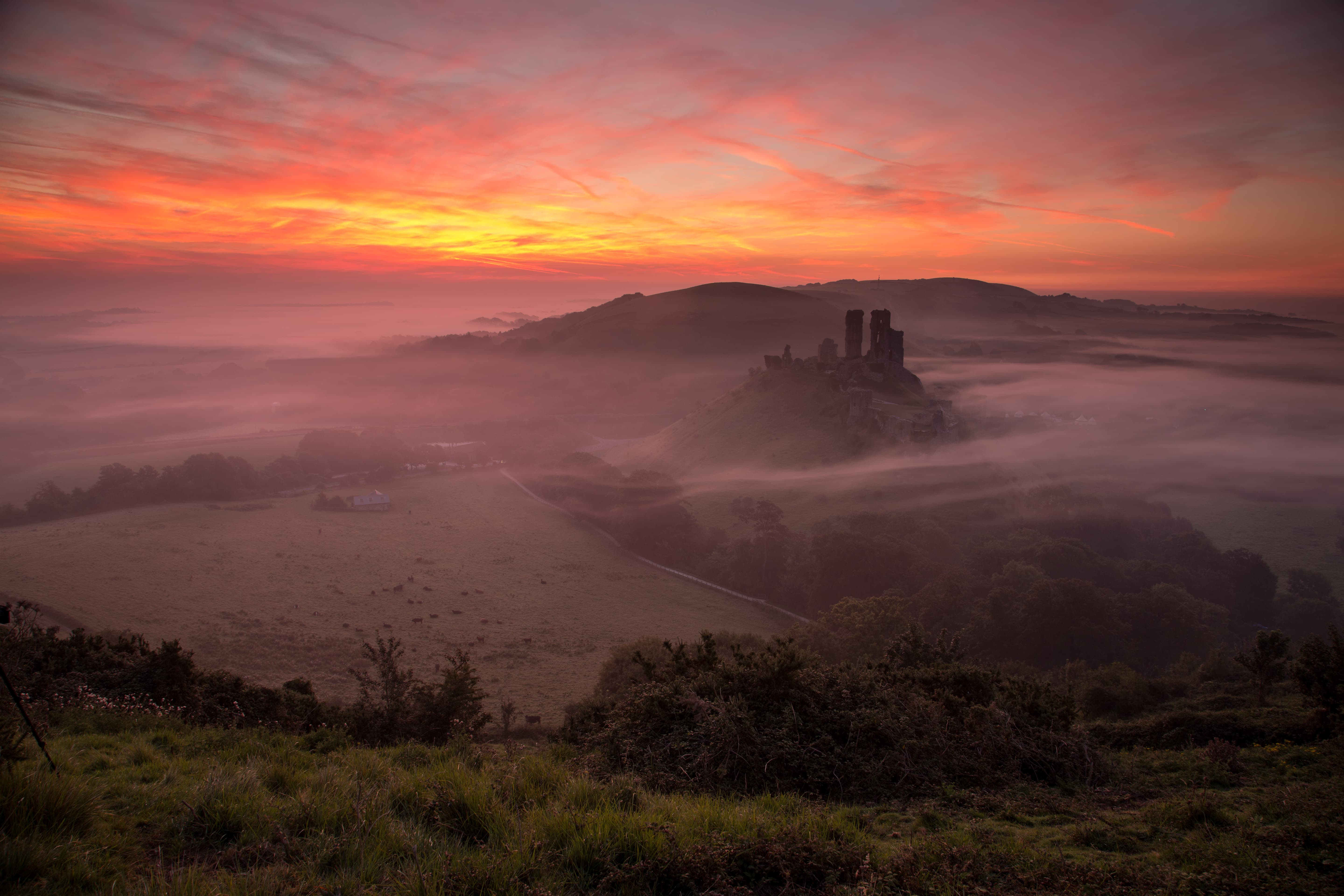
Shortlist – Corfe Castle. Credit: Daniel Sands / Historic Photographer of the Year
“The ruins of Corfe Castle floating above a bed of mist as the sky blazes with colour during sunrise.”
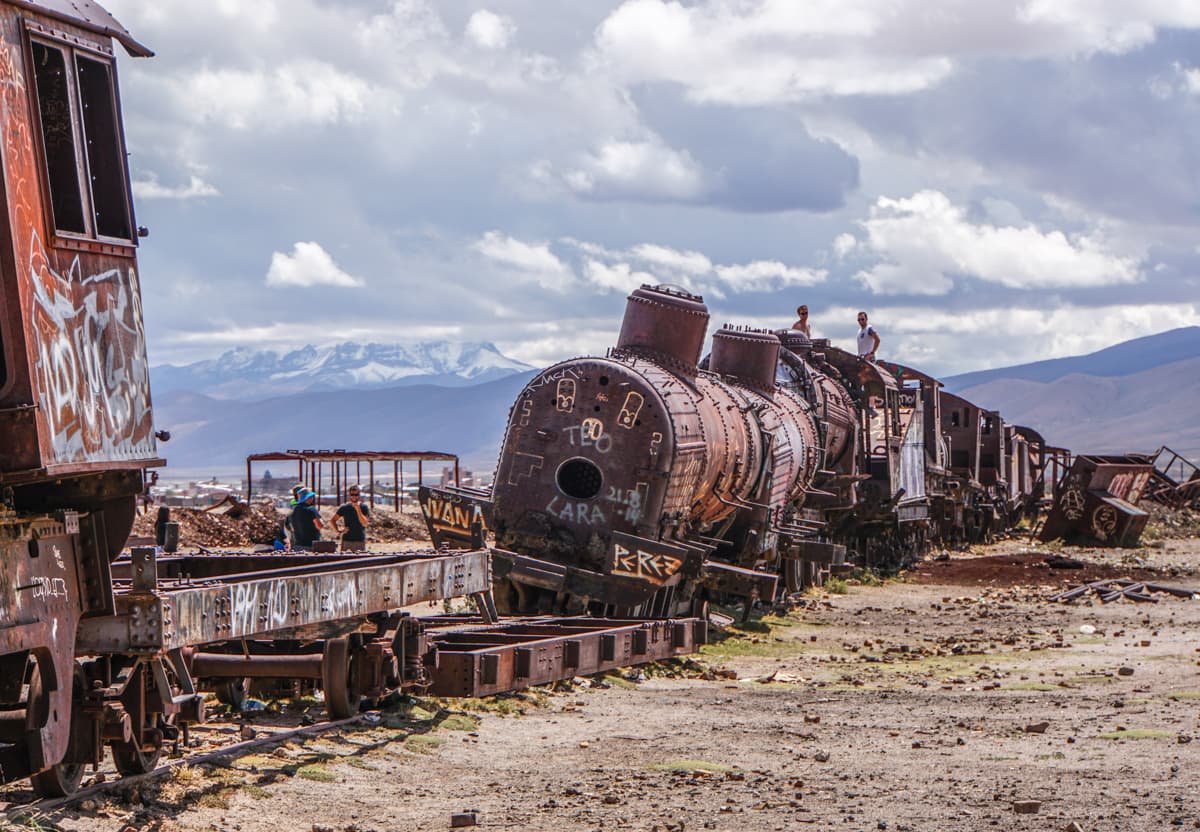
Shortlist – Train Cemetery, Bolivia. Credit: Pamela Jones / Historic Photographer of the Year
“Just outside Uyuni, Bolivia trains were abandoned decades ago and left to rot at 11,995ft. Built by the British, the railway transported minerals to the Pacific Coast until the mining industry collapsed in the 1940’s.”
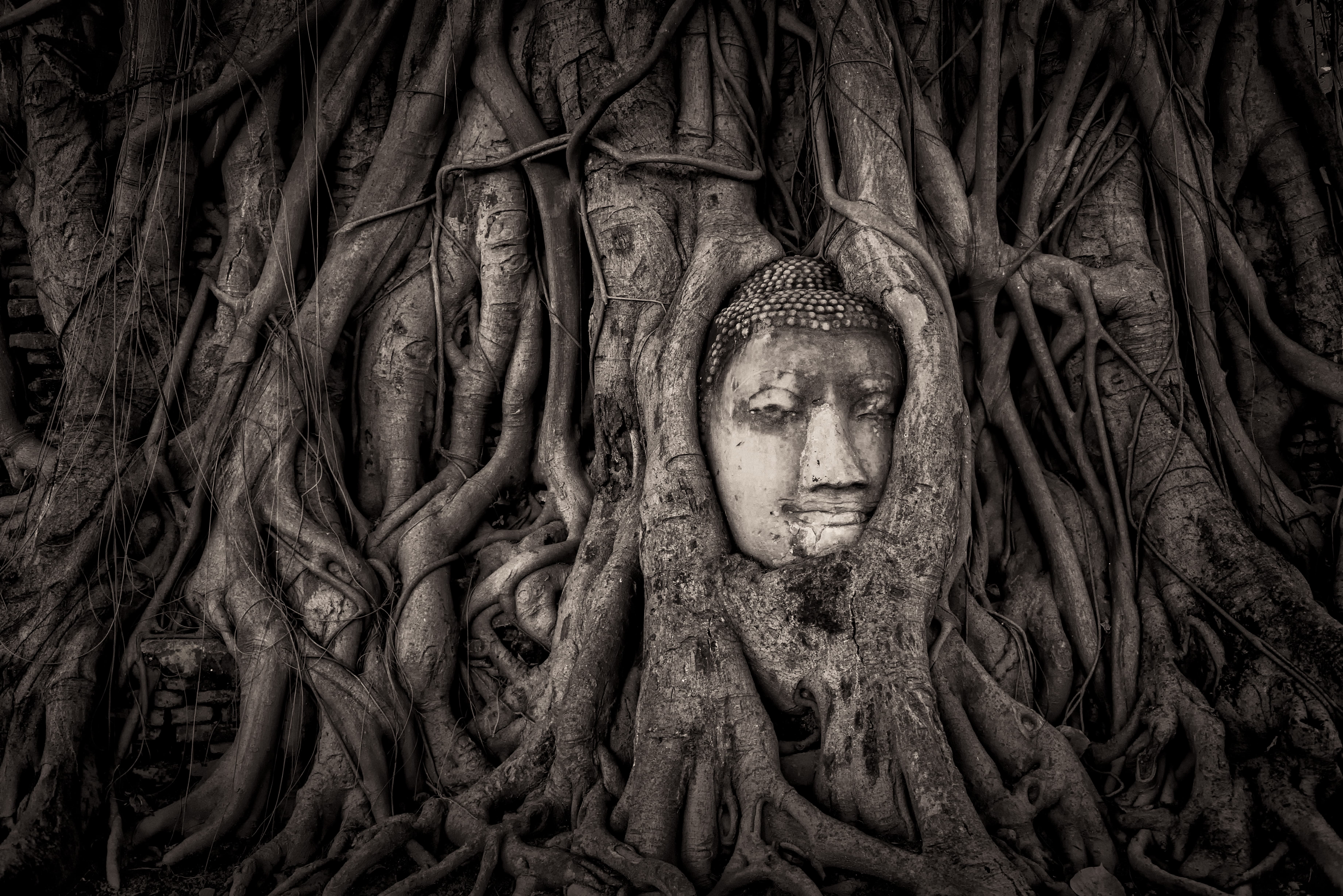
Shortlist – Wat Mahathat, Ayutthaya, Thailand. Credit: Mathew Browne / Historic Photographer of the Year
“Wat Mahathat is a 14th century temple reduced to ruins in 1767 when the Burmese army invaded Ayutthaya. Over time, a tree has grown around one of the remaining stone Buddha heads, such that it is now completely enclosed by its roots with only the face peeking out.”







